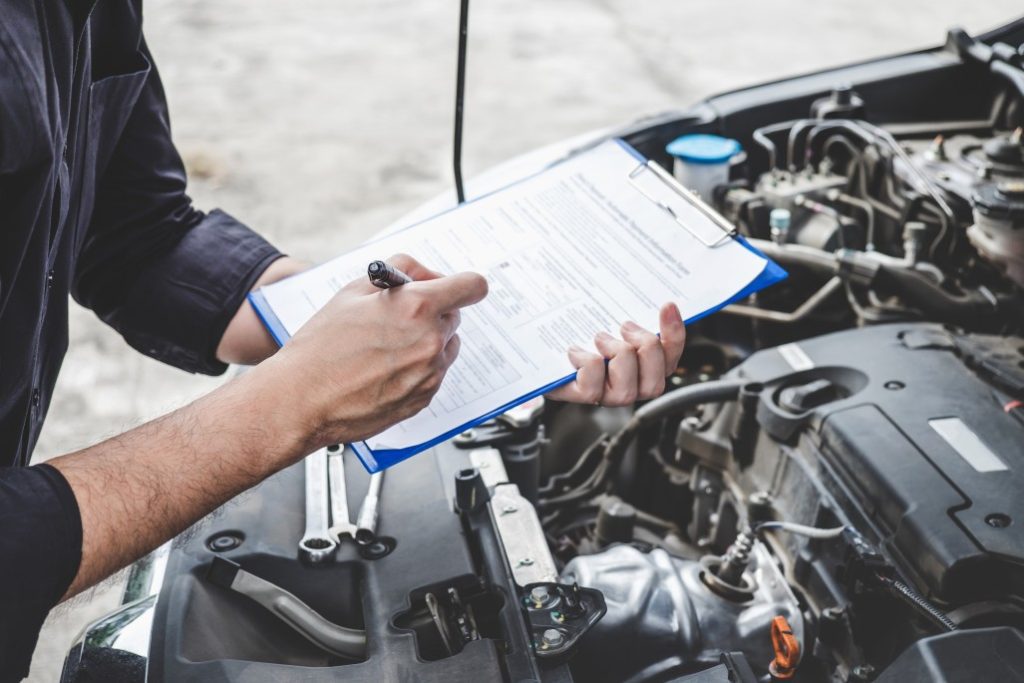In the auto repair business, when we have a customer with multiple cars we call that a fleet account. This is usually a business, (such as a car rental place, on-site air conditioning repair, etc.), which relies on their fleet of cars to perform their service. Getting a fleet account can be a nice addition to our pool of other customers who usually only have one or two cars per household. The other day I was able to sign on a new fleet account simply because I was honest with the owner of the business after his previous repair shop had not been. One of his service vans was taken to a franchised shop which runs their business similarly to the rest of the auto repair industry. What I’m about to tell you is something that the majority of the auto repair industry does not want you to know.
Here is how most auto repair shops are managed whether they’re big, small, independent, franchised, or the dealership: there is a technician who works on the floor and inspects the vehicle. If repairs are ordered, the technician is the one who is supposed to perform them. The technician reports his findings to the service writer. The service writer has not inspected the car and often does not have the training or capability to repair a car. Although he certainly presents himself as if knows. He is a salesman, and he is the one who communicates with the customer. After communicating with the customer, the service writer makes the repair order and relays it back to the technician.
This system has two major flaws. One is that it is commission-based, and as such it only rewards increased numbers and sales. It does not reward honesty. As a salesman making a commission, it is not uncommon for the service writer to make up unnecessary repairs and services. And this is exactly why I got the new fleet account. One of the fleet’s drivers took his van to a repair shop where the service writer told him that the van was in need of a repair so severe that it had to be kept over night. This meant that the driver couldn’t make his rounds. At some point while the driver was waiting to communicate with the service writer, he sneaked onto the floor and had a rare moment where he, the customer, actually spoke with the technician. He asked the technician directly why his van needed to be kept over night and the technician denied ever saying such a thing. The repair that was so severe was completely fabricated. That’s why many shops usually don’t let the customer talk to the technician, because the service writer’s story and the technician’s story often don’t match.
The second major flaw is the communication gap between the technician and the customer. Even when a service writer doesn’t make up unnecessary repairs, he is still a middleman between the person that actually inspects and repairs the car and the person who owns the car. The service writer can easily miss certain details or misunderstand what the technician explained to him, yet he will still go to the customer acting confident and knowledgeable. And he rarely, if ever, presents all the options to the customer. There are different grades of parts including Original Equipment Manufacturer (OEM) and aftermarket parts. Sometimes the repair should absolutely be done with the manufacturer’s parts. Yet other times it can be done with a lower grade, thus lowering the price for the customer.
There are some shops that are well-managed. The services writers might actually be knowledgeable about car repairs, and they may sincerely try to communicate clearly with the customer. However, the system is still flawed. And that is one of the major reasons why I opened my own shop.
At Crawford’s Auto Repair, either I or my partner, Brad, perform all tasks including inspection, estimate, consultation, and repair. Brad and I are both highly trained technicians and we are not paid by commissions. Customers are welcome to come onto the floor with us and see the work as we’re doing it. We perform a free and thorough inspection of the car and treat it as if it belonged to our own mother. Then we show our findings to the customer, give them their options, and explain the pros and cons to each option. We write an accurate estimate for all repairs. We itemize and prioritize the order in which the repairs should be performed. And we never try to sell unnecessary repairs or services. Often repairs can be expensive. We understand that every customer has a different circumstance. We never pressure customers; we simply do our best to help all customers make an informed decision. We strive to live up to our slogan of “quality you can trust.”
If you’re not within a reasonable driving distance of Crawford’s Auto Repair in Mesa, Arizona, then I’d recommend trying to find a mechanic that does business the way we do it. Find one where a service writer doesn’t stand between you and the person who is actually fixing your car. If you are within driving distance of our shop, then try us out. You’ll see a better auto repair system that is designed to benefit the customer and reward honesty.
What The Majority Of The Auto Repair Industry Does Not Want You To Know is an original article from Crawford’s Auto Repair. Copyright © 2014, Jeff Crawford. Permission is granted to republish this article (text only) for personal or commercial use as long as the content, citation, and copyright notice all remain intact and unchanged. There must be an active “follow” link to CrawfordsAutoService.com. Any image seen with this article is the property of it’s respective author and requires it’s own permission.
What The Majority Of The Auto Repair Industry Does Not Want You To Know is licensed under a Creative Commons Attribution-NoDerivatives 4.0 International License.
